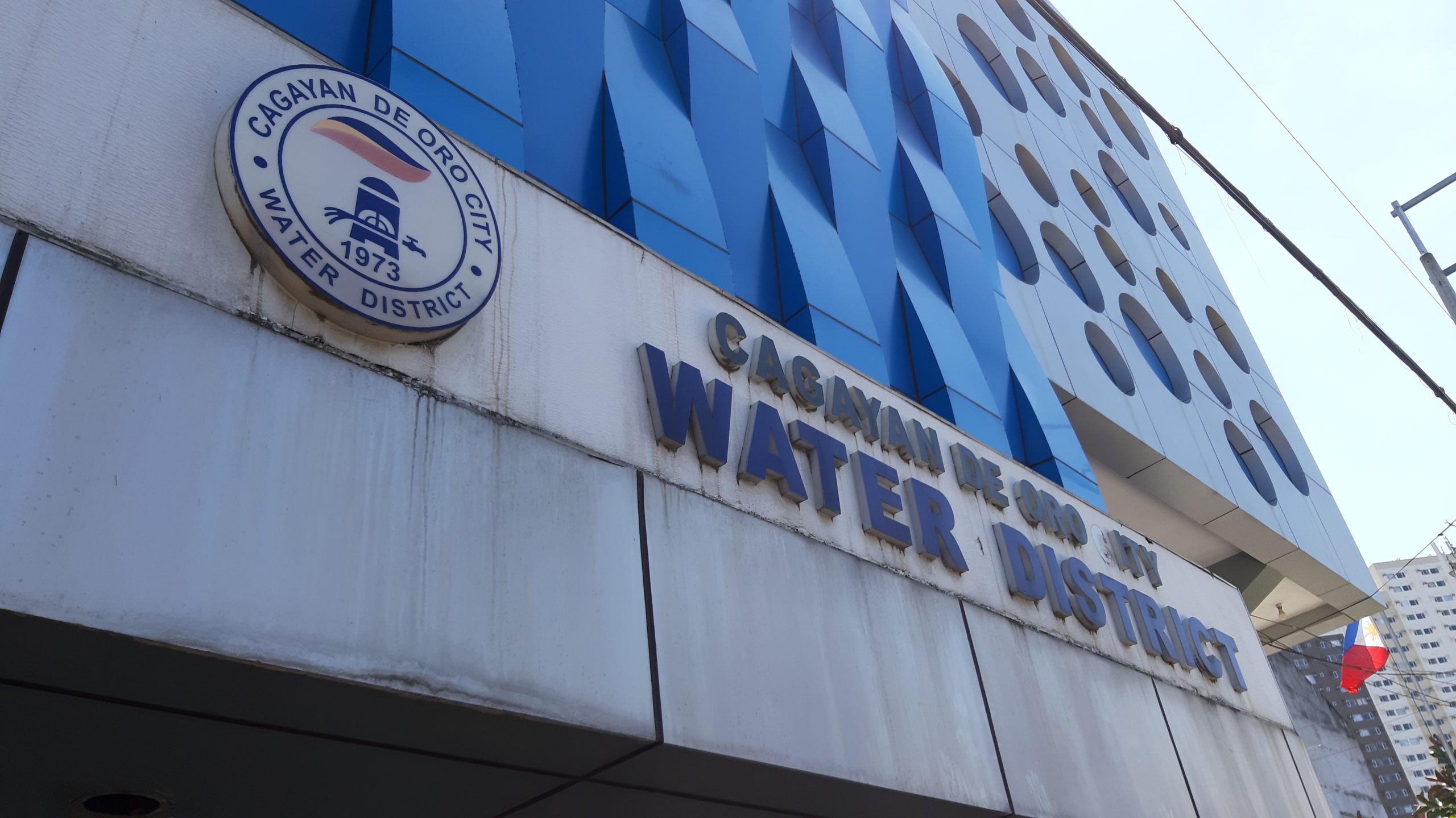Ian Alfredo Magno
WITH a little time to spare in the afternoon of December 25th during the recent Christmas break, I found myself driving along Cagayan de Oro’s Divisoria strip with my usual passenger, daughter Gabbie.
And I was quite pleased with how barren the streets were, where the typical heavy volume of motorists was not just there. Driving then was so easy, cool and relaxed, with no vehicle trying to shove you by the starboard side, so to speak. All that was in front was just the clear and plain sight of a roomy city road.
However, still, it was not without any eyesore.
As the customary blockade of cars cleared the strip, the sorry plight of street kids – or better yet call them “street families” had been unraveled in full view. Then I heard a low-toned sigh from Gabbie. I asked her why. She said, “I wonder how they spent their Christmas. Luoy sab sila ’no?”
It then dawned to me that the sight of the growing number of “street families” in Divisoria is actually intolerable. If credulous minds could not help but notice the wretched predicament in Divisoria, why are not there any institutional or local steps to remedy such?
Meanwhile, as if trying to extract something from a material witness, I asked Gabbie certain questions, gently leading her keen mind to speak, as to how deep her thought really was relevant to such a situational predicament. She said quite enough, and I found myself strongly agreeing to three things she said which struck me most, thus:
1) Malnourished. Obviously, the lack of quantity aggravated the lack of quality in their food intake. An infant or two could be seen drinking from a leftover mineral water bottle which had just been picked up somewhere. What host of contaminants could have entered their system, which apparently they have grown to be immune from? The bottom line, however, still remains — these people are unconscionably malnourished.
2) No education. How could these “street families” even think of sending their toddlers and kids to school, when they have no slightest idea where they could secure their next meal from? In the long run, they end up perpetuating their own plight, further spiraling down the social strata.
3) They end up being “bad.” This could not be truer than true. Young adolescents hailing from these “street families” could be seen sniffing solvent nearby. Holding on to a piece of plastic containing several ounces of strong solvent, these youngsters could be seen walking along the sidewalks with dreamy eyes. To say it bluntly, when these individuals grow up to be notorious elements in the society, they could easily end up being hardened criminals.
Ironically, Section 13 of Article I of the 1987 Constitution provides, to wit:
Section 13. The State recognizes the vital role of the youth in nation-building and shall promote and protect their physical, moral, spiritual, intellectual, and social well-being. It shall inculcate in the youth patriotism and nationalism, and encourage their involvement in public and civic affairs.
Patriotism is one thing, and survival another. How could we even introduce the word patriotism to these street kids who struggle to survive on a daily basis – while the very State which professes to protect their welfare is seemingly indifferent to such a scenario?
(Alfredo T. Magno is a practicing lawyer and a legal officer at Philhealth in Cagayan de Oro. E-mail: ianalfredom@gmail.com)
Disclaimer
Mindanao Gold Star Daily holds the copyrights of all articles and photos in perpetuity. Any unauthorized reproduction in any platform, electronic and hardcopy, shall be liable for copyright infringement under the Intellectual Property Rights Law of the Philippines.














